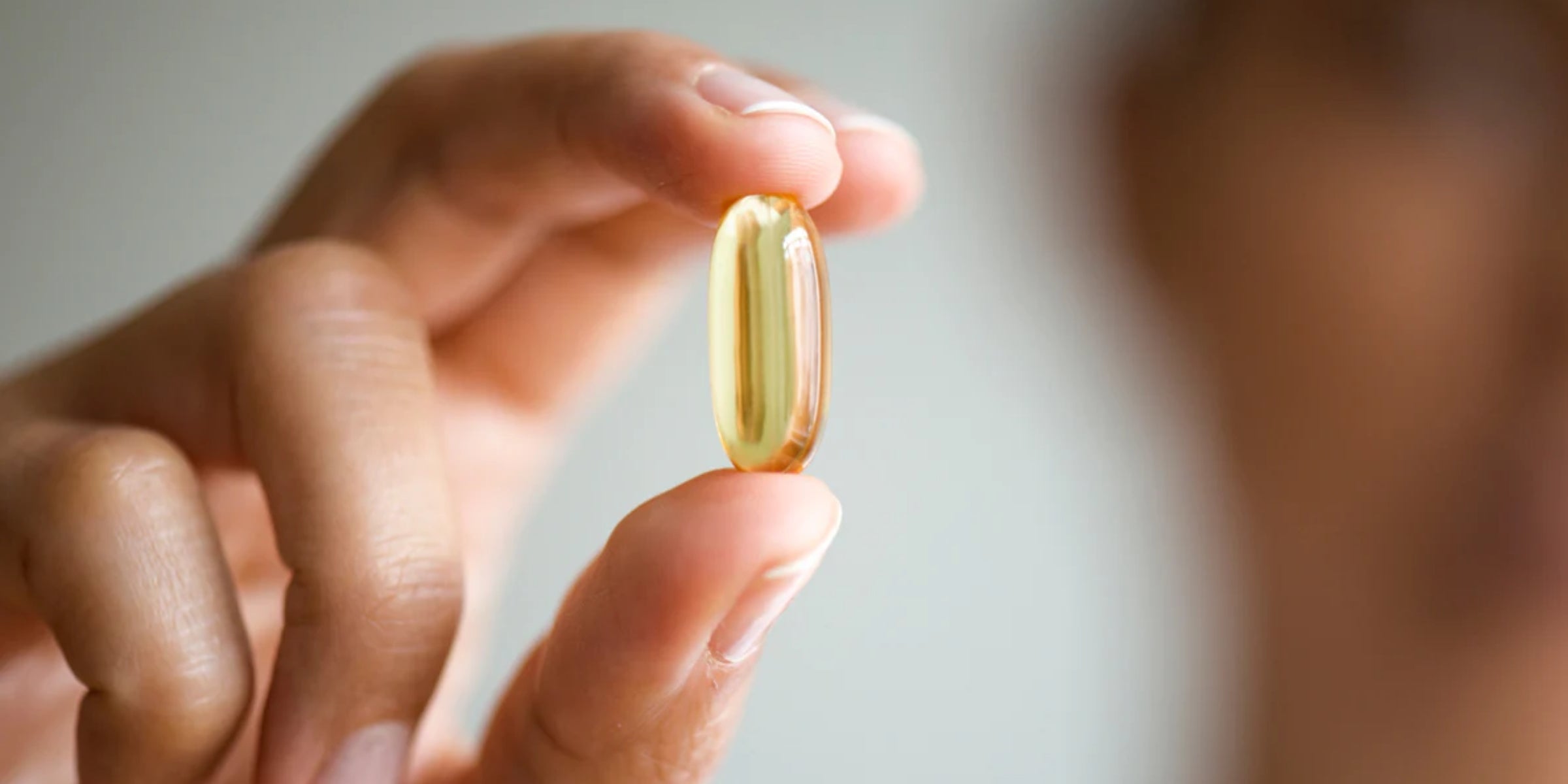Nerve pain explained
If you’re the 1 in 201 that experiences nerve pain you would know how debilitating it can be and how complicated it is to manage. Nerve pain, also known as neuropathic pain, refers to a shooting, stabbing or burning sensation that can be felt constantly or intermittently. It is triggered by damage or injury to the nerves that send messages to the brain to signal pain, or to the brain itself. There are many different sources and causes of nerve pain including:2
- An injury to the brain, spine or nerves
- Shingles
- Heavy alcohol use
- Trapped nerves (such as in carpal tunnel syndrome)
- Poor blood supply to the nerves
- Spinal nerve compression or inflammation (such as in sciatica)
- It can also be set off by certain medical conditions and medications
The affected nerve may be located anywhere in the body. Aside from the debilitating shooting sensations, nerve damage can make your body overly sensitive to pain, known as pain amplification. You may feel extreme sensitivity to temperature changes or to touch. Something as normal as a bed sheet touching the body can trigger nerve pain and be very uncomfortable for some people. Needless to say, nerve pain may significantly interfere with important parts of daily life and impact heavily on sleep, mood, work, family and socialising.
How PEA can help nerve pain
PEA or palmitoylethanolamide is a fatty acid molecule that is naturally produced by the body and found in animals and some plants. Food sources of PEA include eggs, peanuts, soybeans and meat. PEA is created in the body on-demand in response to pain and inflammation and exerts its effects in a number of ways. It reduces the over-activation of inflammatory activity by interacting with several of the body’s inflammatory mediators and can switch off pain signals. Thus helping to dampen pain and inflammation.3 It also helps to support the myelin sheath that protects the nerves, which is important for healthy nerve function.4 When it comes to chronic nerve pain and inflammation conditions, the body’s levels of PEA tend to decline and may not be sufficient enough to have an effect on pain. This is because the body is constantly trying to turn down an overactive pain cycle. It doesn’t get a break. Taking PEA to supplement the body’s shortage may help to relieve mild nerve pain, reduce associated inflammation and support healthy nerve function in sufferers.
Ethical Nutrients Clinical Nervalgesic™
Nervalgesic™ contains high-strength and bioavailable PEA (Levagen +TM), a cutting edge ingredient that has analgesic and anti-inflammatory actions and can assist with mild nerve pain relief and associated inflammation. It is combined with saffron extract (Crocus sativus) and vitamin B1 (thiamine) to support healthy nervous system function and help break the pain cycle. Just one capsule daily for nervous system support and one capsule twice daily for mild nerve pain, neuralgia and inflammation.
Ethical Nutrients Clinical Pain Diary
Another helpful way to help manage your nerve pain and monitor your progress is to download the Ethical Nutrients Clinical Pain Diary. Completing this pain diary allows you and your healthcare practitioner to monitor your progress and look at how you’re responding to treatment. Identifying trends in your pain cycle will also help you to better understand the factors that affect you the most, as everyone’s nerve pain journey is different.
References
- Pan Y et al, 2016, ‘Neuropathic and non-neuropathic chronic pain at GP encounters: Prevalence, patient characteristics, suffering and Pregabalin use’, Aust Fam Physician, Vol 45, no 11, pp 783-786
- Healthdirect, 2020, Nerve pain (neuralgia), Department of Health and Aged Care, accessed 31 May 2023, <https://www.healthdirect.gov.au/nerve-pain>
- Gabrielsson L et al, 2016, ‘Palmitoylethanolamide for the treatment of pain: pharmacokinetics, safety and efficacy.’ British J of clin pharm, vol 82, no 4, pp932-42.
- Di Cesare Mannelli L et al, 2013, ‘Palmitoylethanolamide is a disease-modifying agent in peripheral neuropathy: pain relief and neuroprotection share a PPAR-alpha-mediated mechanism’, Mediators of inflammation, vol 2013, 328797




